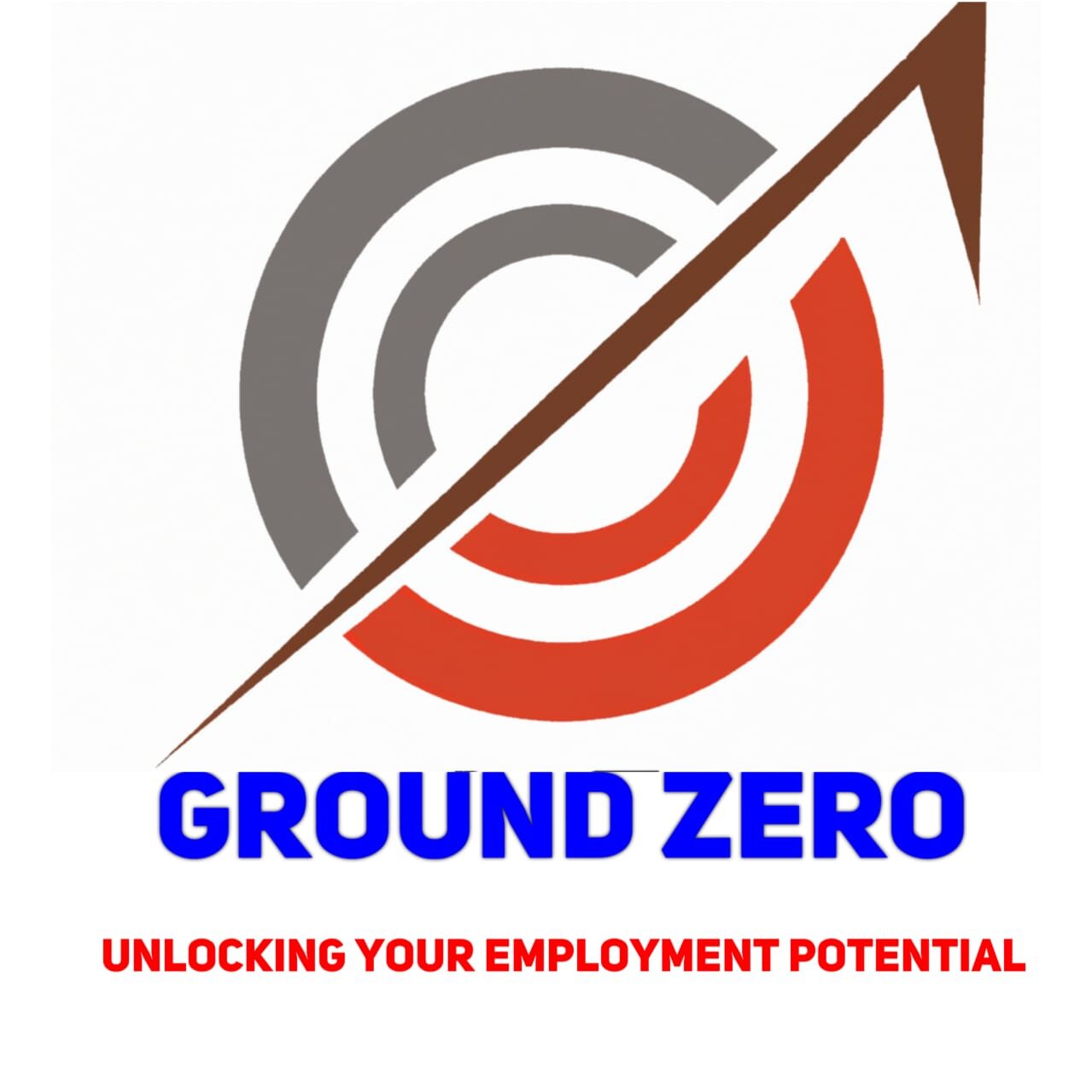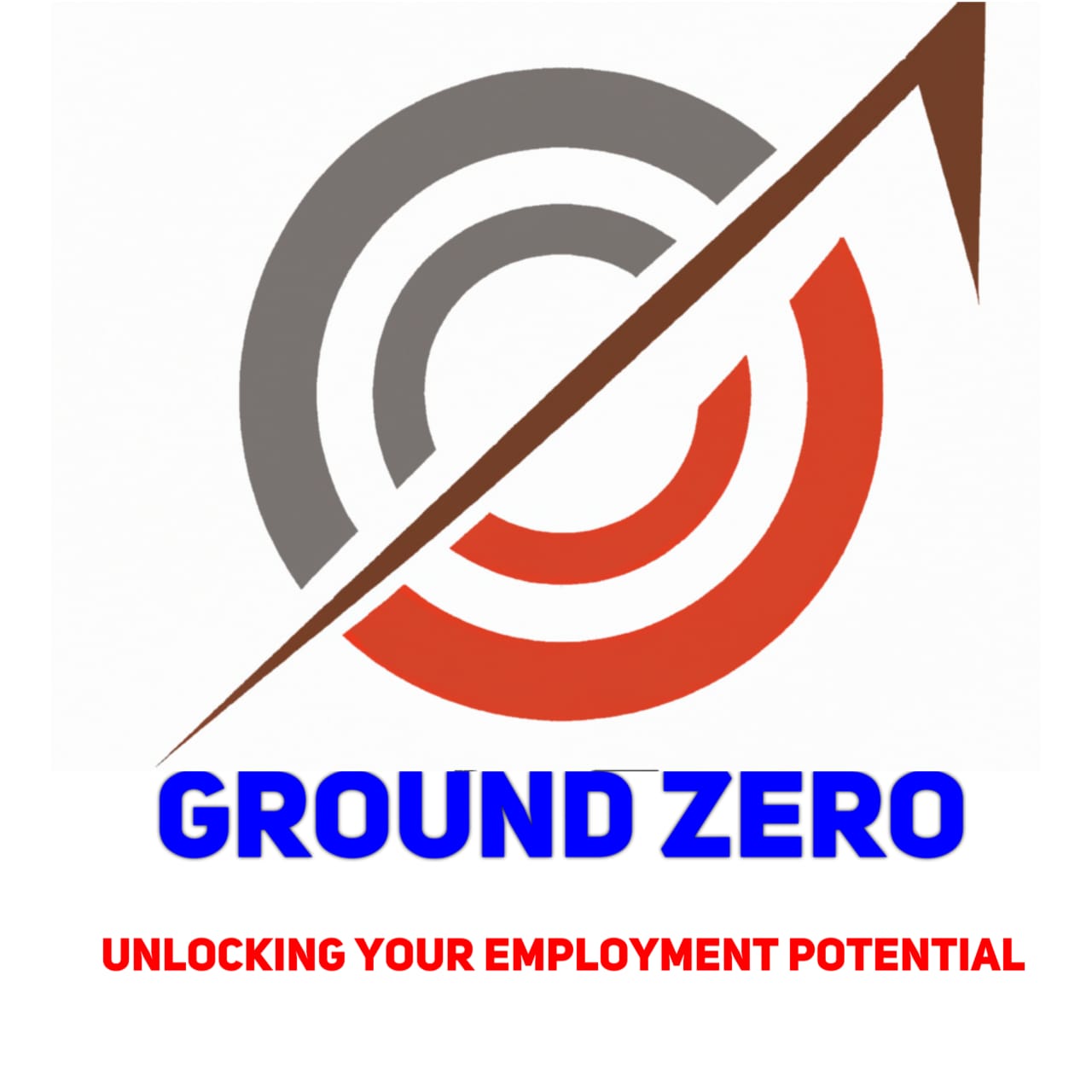What is a virtual job fair?
A virtual job fair is an online hiring event designed to connect employers and job seekers in a fully digital environment. Instead of gathering in a physical location, participants interact via the internet using tools like live video conferencing, chat rooms, virtual exhibition booths, and interactive webinars. These events are hosted on dedicated platforms, which replicate many features of traditional career fairs while offering unique advantages like broader reach, lower costs, and flexible participation.
Virtual job fairs can range from small niche-specific expos to large-scale international recruitment events. They cater to a variety of industries and job roles and are increasingly popular among companies looking to hire remote employees or access global talent pools.

How does a virtual job fair work?
Here’s how a virtual job fair operates:
Registration – Employers and candidates sign up through a dedicated platform.
Booth setup – Companies create virtual booths with branding, job listings, videos, and brochures.
Live interactions – Attendees engage through video calls, chat, webinars, and Q&As.
Application & follow-up – Job seekers submit CVs, attend interviews, and receive follow-ups—all within the platform.
These elements simulate (and often enhance) the experience of an in-person career fair.
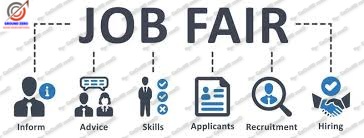
Common challenges with traditional career fairs:-
Before we dive deeper into virtual solutions, it’s important to understand the fundamental challenges associated with traditional in-person job fairs. These events, while once a staple of the recruitment process, are increasingly showing their limitations in a world that values flexibility, accessibility, and technological integration. From logistical hurdles to limited accessibility, physical job fairs present several issues that can hinder effective hiring outcomes:
Limited reach and accessibility:
Physical job fairs can’t compete with the global reach of the internet. They tend to draw attendees from a specific geographic area, limiting the diversity and quantity of talent available to recruiters. This can lead to talent shortages and missed opportunities for companies seeking specialised skills. It also places job seekers in remote or underserved areas at a disadvantage.
High costs
Organising a traditional fair involves a slew of expenses – venue hire, travel, accommodation, booth design, print materials, and staffing. This makes it unsustainable for many SMEs and start-ups. Budget constraints may result in scaled-down events that reduce the overall experience for attendees as well as the possible outcomes. In some cases, limited resources can even prevent companies from participating altogether.
Engagement challenges
It’s hard to ensure quality interactions at physical events. Very often, booths get crowded, queues form, and it becomes difficult for candidates and recruiters to have meaningful conversations. Important questions may go unanswered due to time constraints or distractions. Additionally, the lack of real-time data tracking makes it difficult to measure engagement or interest levels effectively.
Logistical complexity
Planning and executing a large-scale, in-person event requires months of preparation and coordination. Any technical or scheduling glitch can derail the entire event. On-the-ground troubleshooting is time-consuming and often requires a large support team, which again implies high costs. But also last-minute cancellations, delays, or equipment failures can leave a lasting negative impression on attendees.
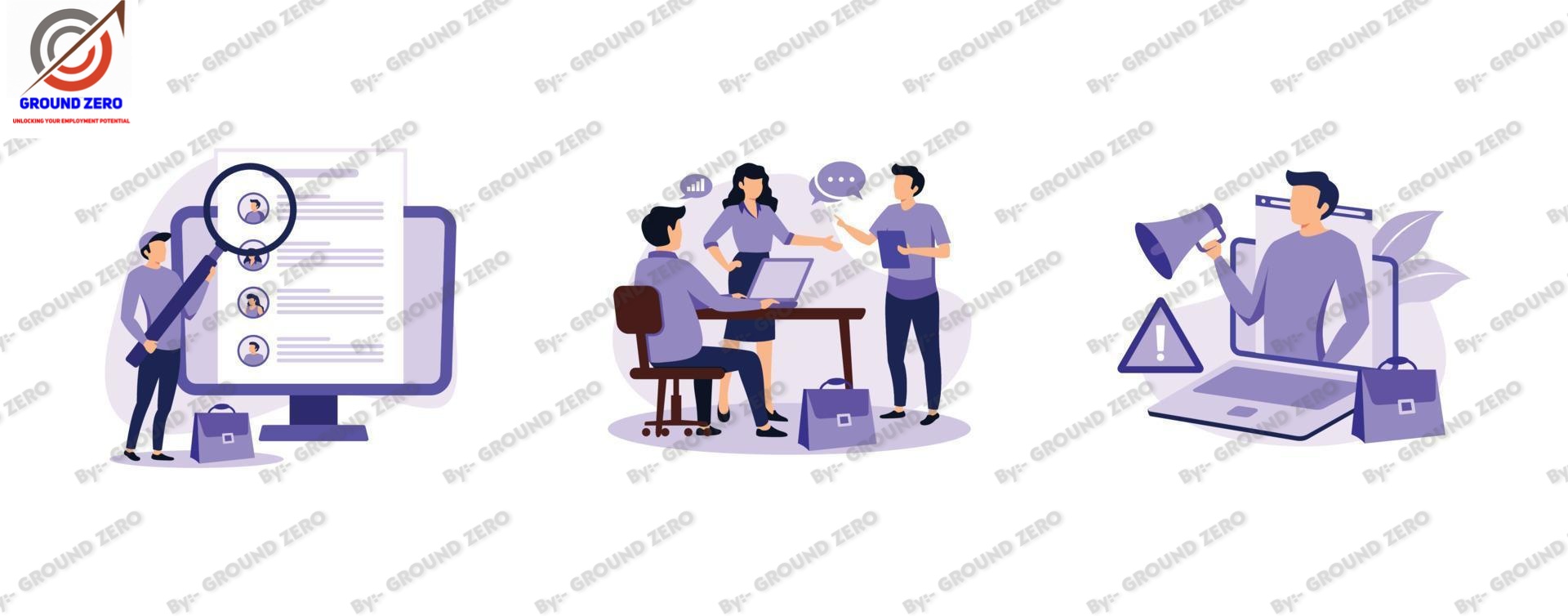
Virtual job fairs to the rescue:-
So, what is a virtual job fair, and how does a virtual job fair work? In essence, it’s an online version of a traditional job fair where employers, headhunters, recruiters, and job seekers meet and interact in a digital environment. These events can be hosted via platforms that support live video conferencing, virtual booths, breakout rooms, and real-time chat.
To organise a virtual career fair effectively, follow these practical tips:
Choose the right platform: Select a solution with robust video conferencing capabilities and interactive features to create an immersive experience for all participants. Look for a platform that offers stability, scalability, and a user-friendly interface. Ensure it supports features like live streaming, private video interviews, and real-time analytics. A flexible and customisable platform, can be adapted to suit your event’s unique branding and needs.
Promote globally: Leverage social media, job boards, and email marketing to attract a global audience. Create targeted campaigns using demographic and geographic filters to reach the right job seekers in your industry. Collaborate with universities, industry bodies, and influencers to amplify your message. Users can also use countdowns, testimonials, and early registration benefits to gather interest and build excitement.
* Structure for engagement:
Use features like live Q&A, breakout rooms, and scheduled interviews to keep participants engaged. Design an agenda that includes keynote sessions, interactive panels, and networking slots, just like any physical fair would offer. For example, you can encourage employers to host mini-presentations or ‘Ask Me Anything’ sessions. Providing structured engagement opportunities keeps attendees active and reduces drop-off rates.
* Provide support:
Offer real-time technical support and onboarding for attendees unfamiliar with virtual platforms to ensure a smooth and punctual start to your online fair. Set up a helpdesk and FAQs well before the event begins to capture and possibly resolve any uncertainties beforehand. Conduct a pre-event walkthrough or tutorial session for both employers and job seekers. Live chat support during the event ensures that any issues are resolved quickly, keeping the experience smooth for all.
* Collect feedback:
Post-event surveys help you collect information to refine the experience for future fairs. Use polls and satisfaction ratings to understand what worked and what didn’t. Analyse participant data to identify popular sessions and drop-off points, which will give you great insights into the choice of topics. Feedback also helps validate your event’s ROI and can inform future improvements.
These strategies help online job fairs overcome traditional pain points and make them the best choice for modern recruitment.
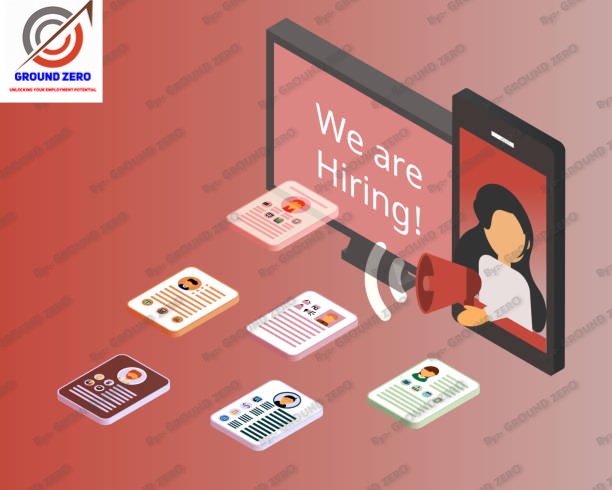
Why online job fairs are best for recruiting:
When comparing virtual job fairs’ pros and cons, the benefits far outweigh the drawbacks. With wider reach, lower costs, better engagement tools, and powerful analytics, it’s no surprise that online job fairs are best for recruiting in 2025 and beyond. They also promote inclusivity by removing travel barriers for job seekers with disabilities or financial limitations. Companies can represent their brand more creatively through multimedia and virtual storytelling. And importantly, virtual events provide the agility to scale quickly and adapt formats based on feedback and performance data.
1. Wider reach
Virtual job fairs are not bound by geography. Employers can connect with a global talent pool, and job seekers can apply from anywhere with an internet connection. This accessibility allows companies that offer relocation and are not bound to having only a local staff to find candidates with rare or in-demand skill sets, regardless of their location. It also enables job seekers to explore opportunities across borders without the constraints of travel or relocation costs, in the case of remote job positions.
2. Cost-effective
Online job fairs significantly reduce costs related to travel, logistics, personnel and venue hire. Organisers can reallocate budgets to promotion or additional features that boost engagement or simply save money. Lower financial barriers also make it easier for smaller companies and start-ups to participate. Ultimately, cost efficiency and easy adaptability makes virtual events more inclusive and sustainable.
3. Enhanced engagement
Digital tools like live chat, webinars, and breakout rooms foster more meaningful interactions, which can easily be created, adapted, and managed. Attendees can schedule interviews, submit CVs instantly, and receive real-time feedback. Gamification, polls, and virtual networking lounges can further enrich the experience by offering interactive elements. These features increase attendee satisfaction and encourage longer, more active participation.
4. Streamlined logistics
Without the need for physical venues, logistics become vastly simpler and less complicated to organise. Set-up, updates, and troubleshooting are quicker and easier to manage. Organisers can easily make real-time adjustments to schedules or sessions and instantly inform about any such changes without disrupting the entire event. Automation tools can also help with registration, reminders, and post-event analytics, reducing manual workloads and the need for human force.
5. Data & analytics
Virtual platforms can track participation, session attendance, engagement levels, and conversion metrics – data that’s almost impossible to gather at physical events and that can easily be visualised in the form of various reports. This data allows organisers to evaluate the success of each element of the event and make data-driven improvements. Recruiters can identify high-potential candidates based on interaction data and follow up accordingly. It also provides a clear ROI for sponsors and stakeholders.
Virtual job fair examples:
Virtual job fairs have already made a measurable impact across a wide range of industries and regions. From technology to healthcare, organisations have successfully leveraged online formats to boost efficiency, widen their reach, and deliver high-quality engagement. These virtual job fair examples demonstrate the power of technology in reshaping recruitment methods and practices.

Final thoughts & virtual job fair tips:
Virtual job fairs have come a long way from being a quick fix during the pandemic. They’re now a go-to solution for businesses and job seekers who want to connect efficiently, no matter where they are. By cutting travel costs, simplifying logistics, and creating space for more meaningful conversations, these events offer a more accessible and dynamic way to recruit and explore careers.
Here are a few tips to help make your virtual job fair a success:
- Know your audience and goals: Start with clear objectives—are you building your talent pool, hiring for specific roles, or raising brand awareness?
- Pick a platform you can count on: Choose one that’s stable, secure, and easy to use for everyone involved.
- Make it engaging: Plan live panels, breakout sessions, and Q&As to keep things interesting and interactive.
- Be ready to help: Offer tech support before and during the event to solve any issues quickly.
- Keep the momentum going: After the event, follow up with attendees and employers, share session recordings, and gather feedback to improve next time.
Whether you’re planning your first virtual career fair or refining your approach, understanding how these events work—and how to run them well—can unlock new opportunities for everyone involved.
Discover more from Ground Zero
Subscribe to get the latest posts sent to your email.
